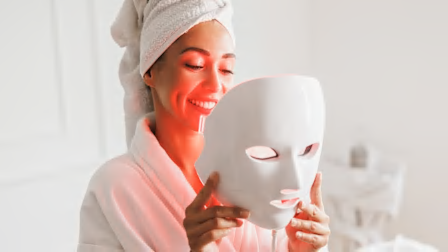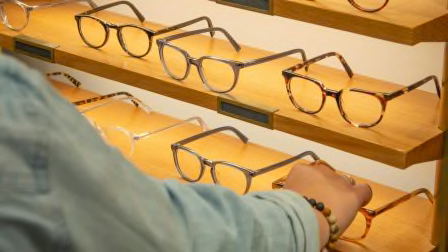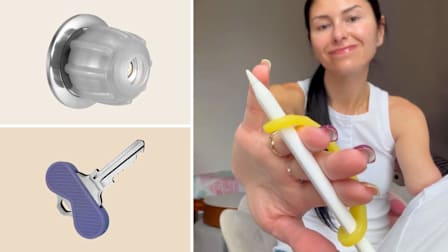Get the Best Eye Care During COVID-19
You don’t have to neglect your vision needs during the pandemic

A n eye exam with an ophthalmologist or optometrist can detect not only vision impairment but also conditions that threaten your sight, including cataracts, glaucoma, diabetic retinopathy, and age-related macular degeneration. These major eye diseases—which are more common in older adults—typically cause few symptoms until they reach an advanced stage.
“At that point they’re harder to treat,” says Adam Gordon, OD, a clinical associate professor at the University of Alabama at Birmingham School of Optometry.
Even run-of-the-mill vision impairment may be linked to poorer memory and a greater risk of depression, according to a recent study in JAMA Network Open.
The American Academy of Ophthalmology (AAO) has recommended that adults who are 65 and older get an eye exam at least every other year. But a 2018 poll from the University of Michigan found that about 1 in 5 Americans between the ages of 50 and 80 hadn’t had an eye exam in the past two years.
You may have put off an eye exam earlier in the pandemic. But eye care practitioners across the country are taking precautions to keep their patients safe, says Natasha Herz, MD, who is a spokesperson for the AAO. Here’s what you need to know about getting an eye exam and, if needed, buying eyeglasses safely during COVID-19.
When It's Time for an Eye Exam
If you’ve had an eye exam in the past, you can expect many of the same procedures—with the addition of a few new measures to protect patients and staff from COVID-19, according to Herz. For instance, you might be asked to wait in your car until your appointment, or be screened for COVID-19 symptoms on the phone and at the door. And both you and your eye doctor should be wearing masks.
Virtual Visits
Telemedicine appointments with a practitioner have become more common during the pandemic for many medical specialties. The same is true in eye care, according to Gordon.
Although a comprehensive exam generally can’t be done online, telehealth works well for “infections, injuries, and other outer-eye conditions that can be seen with the camera found on many smartphones and computers,” Gordon says.
You’ll still need a trip to an office if you’ve experienced vision changes. “It’s difficult to assess vision in a meaningful way through telehealth,” he says.
How to Buy Eyewear Online
Online retailers of eyeglasses and contacts have become increasingly popular in recent years, well before COVID-19. A survey of more than 65,000 CR members in the spring of 2019 found that those shopping for glasses or contacts rated their overall satisfaction with the buying experience about the same for online and walk-in optical retailers.
Shopping online may work best if you’re looking for “glasses with single-vision lenses and you don’t have a really high prescription,” says Herz. People with progressive lenses or bifocals may need to go to an optician in person. (All Access members can see our ratings of eyeglass retailers.)
Editor’s Note: A version of this article also appeared in the March 2021 issue of Consumer Reports On Health.




















